Intermediates
Gallantry and accessories
Blog Piekiełka
Hindu - Indian wedding jewelry
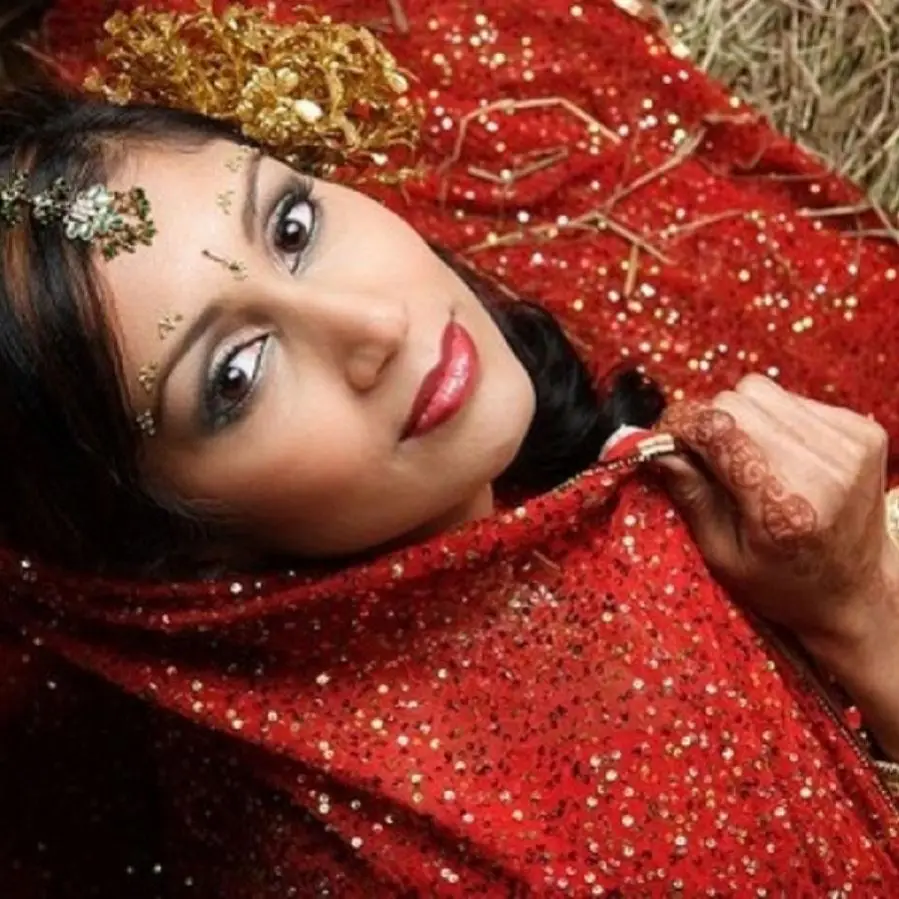
Lovers of Bollywood cinema are well aware of the fact that the traditional costume of an Indian woman is not only extremely colorful robes, but also jewelry adorning almost every part of the body. Everywhere in the world on her wedding day, the bride is expected to look the most beautiful under the sun. No wonder, then, that Indian women then put on even more shiny things than usual. As is often the case in such situations, also here the wedding jewelry is to perform not only a decorative function. It is therefore right to assume that behind the individual valuables lies an intriguing thicket of meanings.
Indian earrings
Earrings as an element of wedding jewelry are not a special surprise. After all, in our country, too, they adorn the ears of almost every bride. However, those worn by Indian women at weddings are not only to complement the outfit, shine and seduce. It is also in their power to protect against evil spirits, which can get inside a person through holes in the body.
Nath
One of the ornaments most associated with Indian culture is the nath - an earring that is most often attached to the left wing of the nose. This highly sensual piece of women's jewelry, can come in a variety of shapes, sizes and forms. The wedding version, of course, must involve a bit of glamour. On this day, women pin a sizable circle in the nosehole. On it, near the lips, colorful beads are hung. From the circle up to the left ear, a chain adorned with trinkets is also stretched across the cheek.
The nath used to be a sign of a married woman. Little girls, maids and widows did not wear this type of apparel. Today, for festivals, holidays and family celebrations, this adornment is worn by almost all women, although it is obviously not as costumed as that of a bride.
During the wedding ceremony, the nath is a symbol of the bride's virginity. Thus, during the wedding night, the newly wed spouse personally unfastens the earring to his wife. In the past, a woman could only receive a nath from her parents or husband. Receiving it from another person was a clear act of disobedience, while losing it was an unfortunate omen.
Maang Tikka
Maang Tikka is an ornament consisting of a chain wrapped around the head and a pendant placed between the eyebrows, on the forehead - the place where, according to Hindu tradition, the third eye chakra is located. The location of this ornamental jewel is, of course, not accidental. So, on the one hand, it symbolizes the power of concentration and the ability to control emotions. On the other hand, the union of man and woman on the physical, emotional and spiritual levels. The third eye chakra is sometimes visualized as a whole composed of two petals. The corresponding deity, on the other hand, is Ardhanari - half man, half woman, a combination of Shiva and his wife Parvati.
Anklet
Anklet, also referred to as payal, is a bracelet worn on the leg, near the ankle. It is basically made up entirely of numerous small bells. They are supposed to herald the appearance of the bride at her future husband's home with a gentle clanging.
Bichiya
For an Indian woman, especially one from the southern part of the country, the symbol of marriage is the ring worn on the foot. More specifically, it refers to two rings that simultaneously adorn the second toes of both of a woman's feet. The bichiya, unlike many other ornaments, is made of silver, not gold. Gold is held in special esteem in India. It is therefore freely worn on the upper parts of the body. However, it is certainly not befitting for it to appear below the waist.
Wedding ornaments and women's health
Indian jewelry adorns the bride on the wedding day, it also clearly emphasizes the change in her social status, but even there its task does not end. The ways of adorning the body here are in close connection with the teachings of ayurveda - a comprehensive system of Indian medicine developed in ancient times. This primarily involves acupressure, or pressure on specific points on the body. Thus, for example, a ring worn on the foot is supposed to improve the functioning of the uterus. This is because in the second toe is located a nerve that runs directly to this organ, and from it to the heart. The massage that rings provide to both toes is supposed to regulate the cycle and increase the chances of conception. Nath, in turn, on a similar basis, is supposed to have a beneficial effect on menstruation and relieve pain during childbirth. Other ornaments worn by Indian women are also supposed to bring similar benefits.
Ethnic Jewelry
-

Ring with natural tanzanite
420,00379,05 -
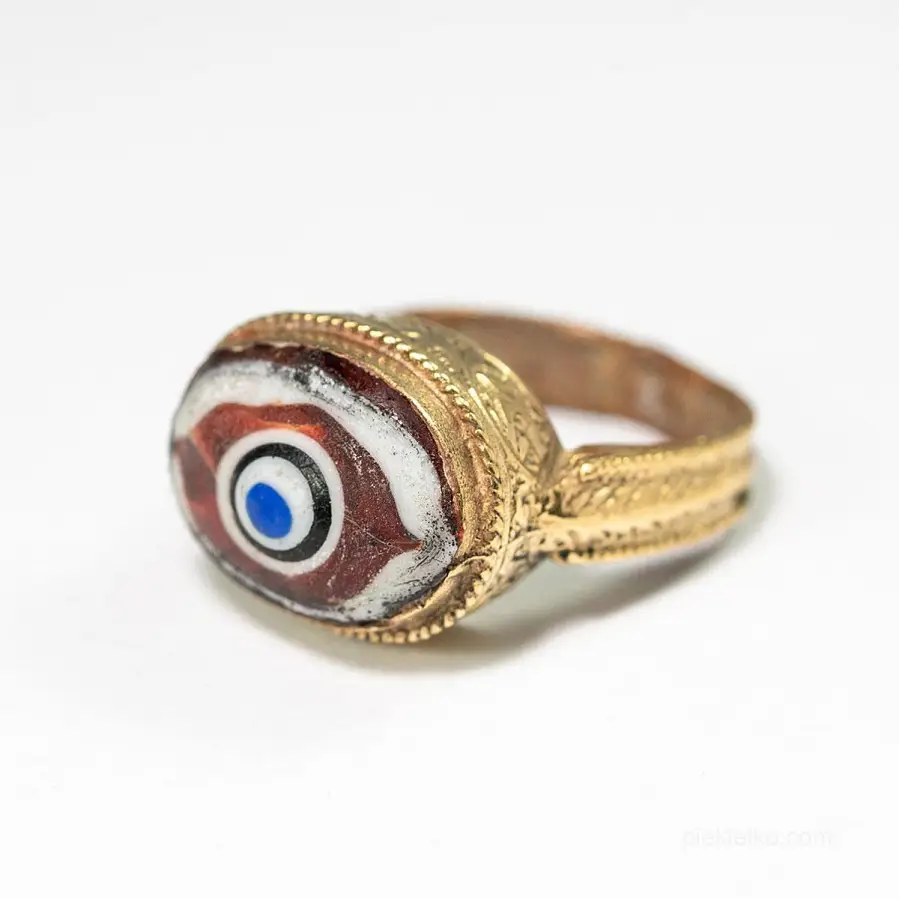
Handmade brass ring
98,0093,10 -
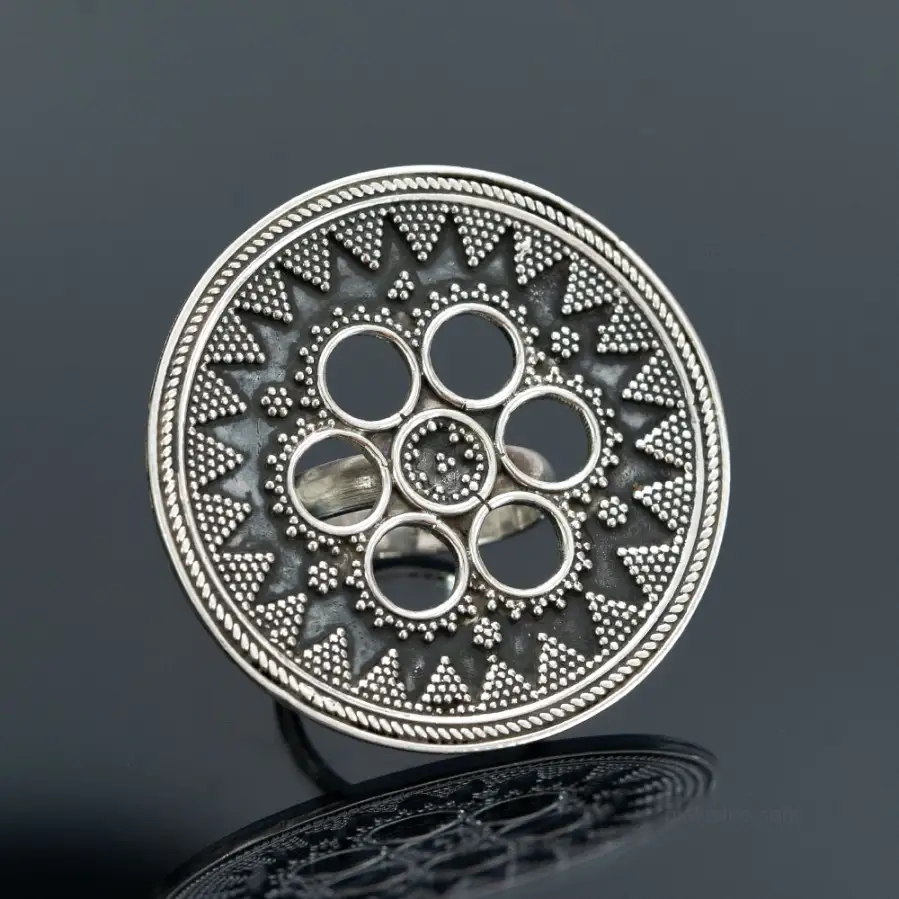
Indian silver ring
385,00347,46 -
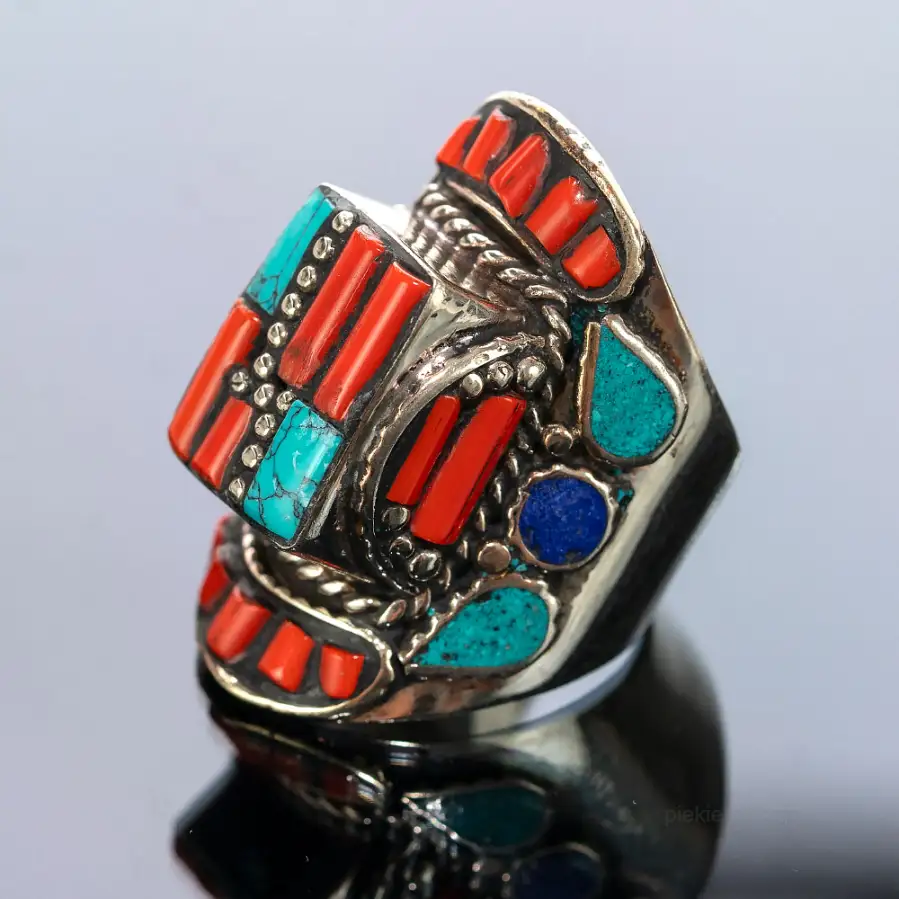
Heavy signet ring with turquoise and coral
290,00275,50 -
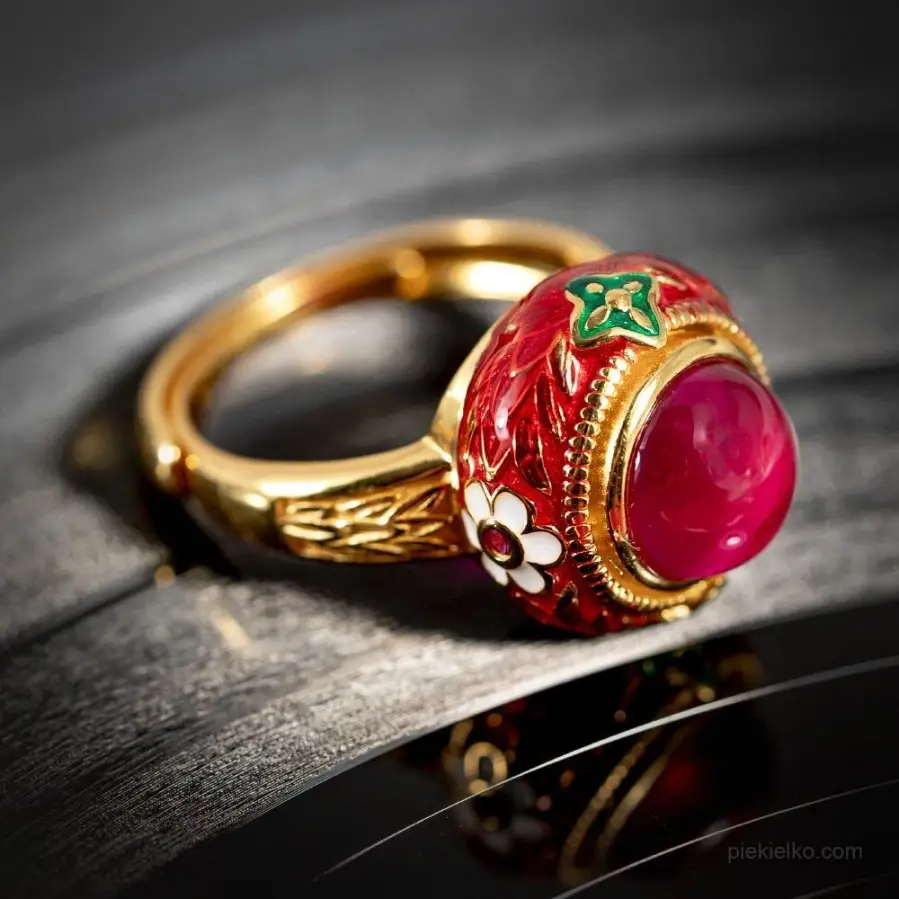
Thai painted ring
349,00314,97 -
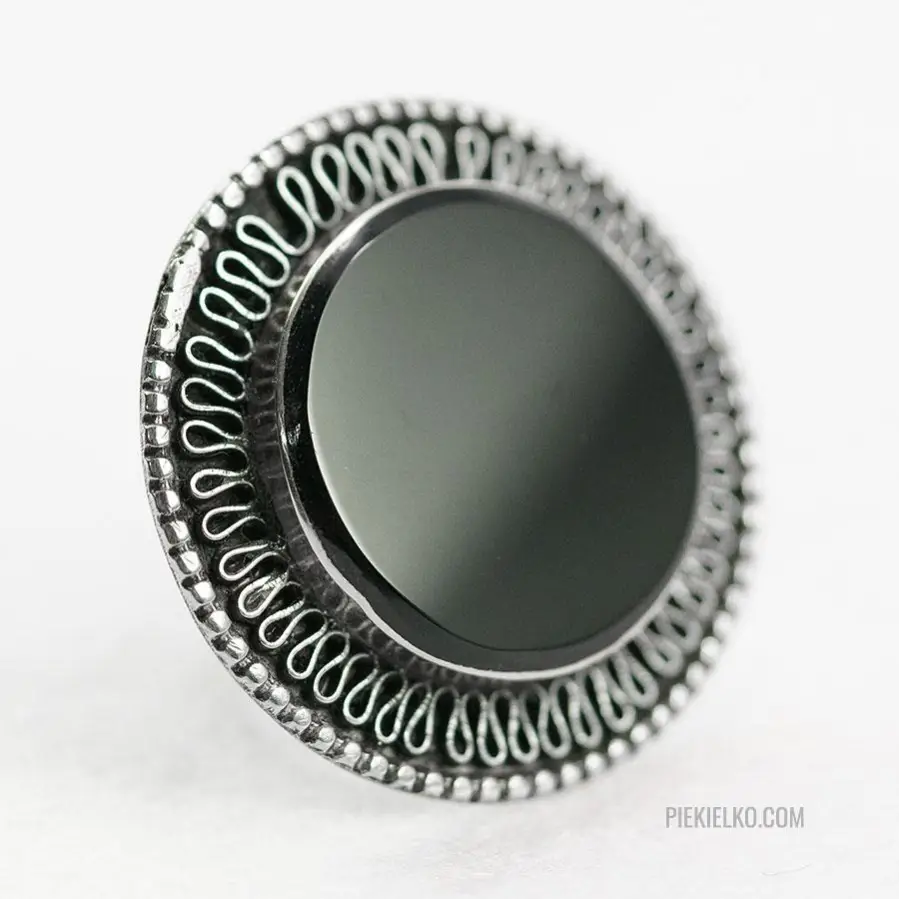
Ring with black agate
95,0090,25 -

Gabri glass ring
98,0093,10 -
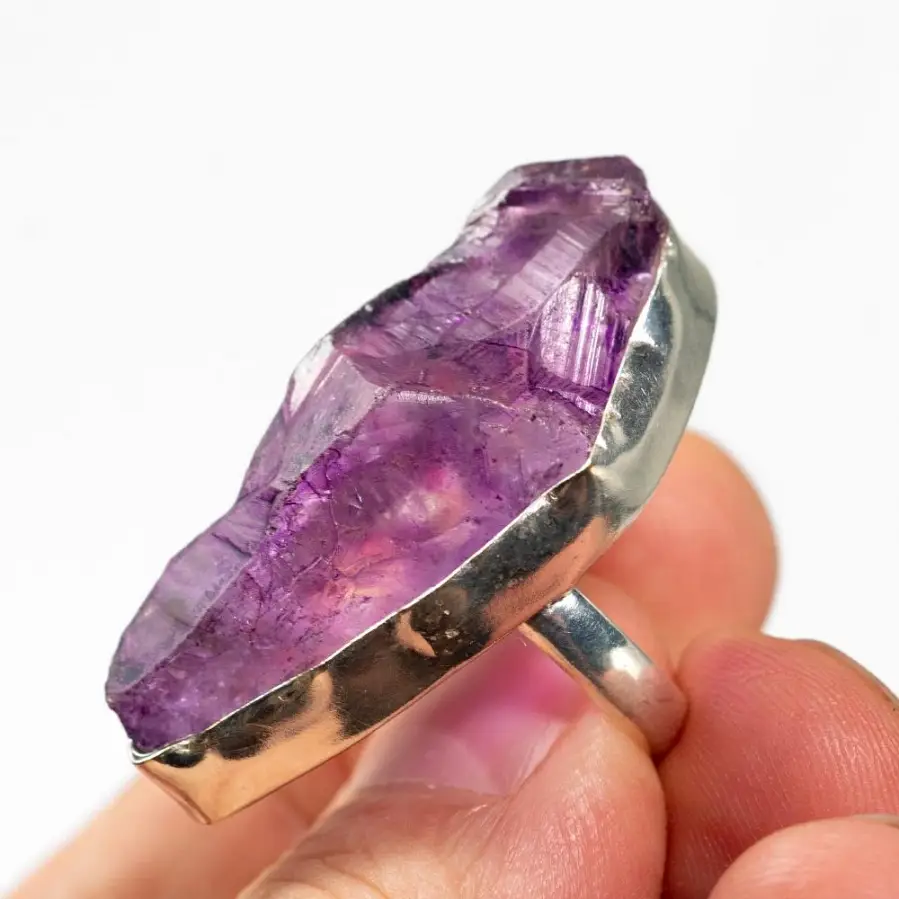
Irregular purple quartz ring
130,0074,10 -
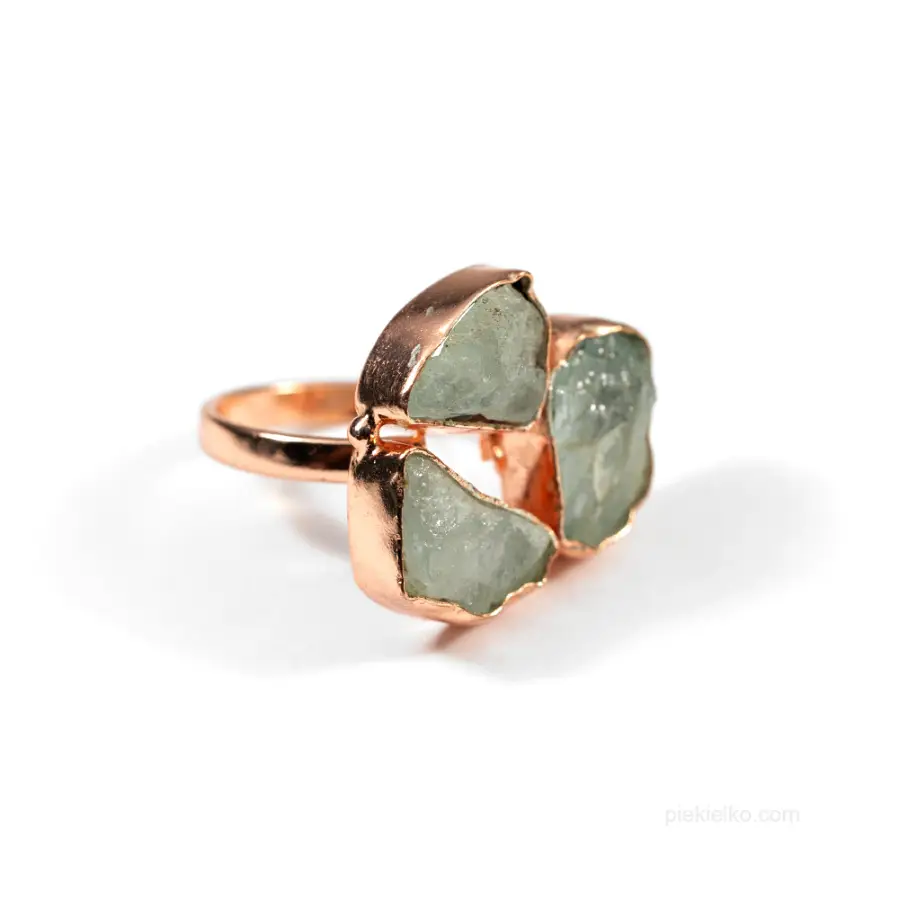
Gold-plated ring with aquamarine
220,00125,40 -
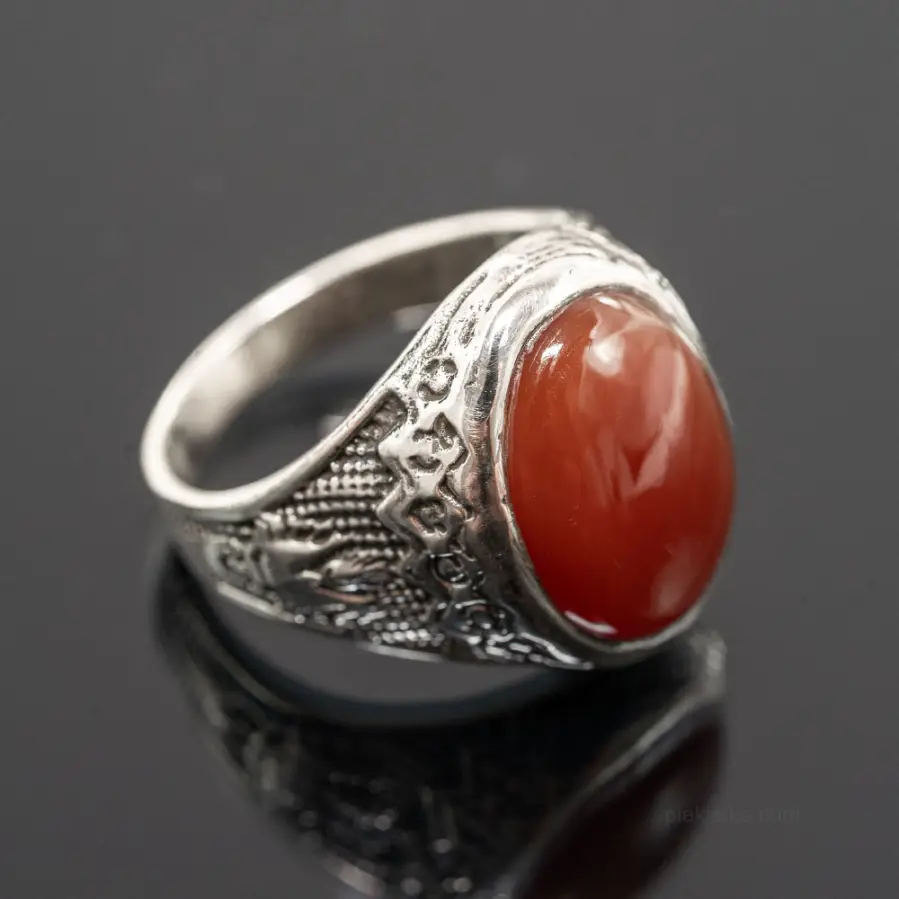
Signet ring with Natural Carnelian
370,00333,93 -

A ring that loves your fingers!
260,00247,00 -
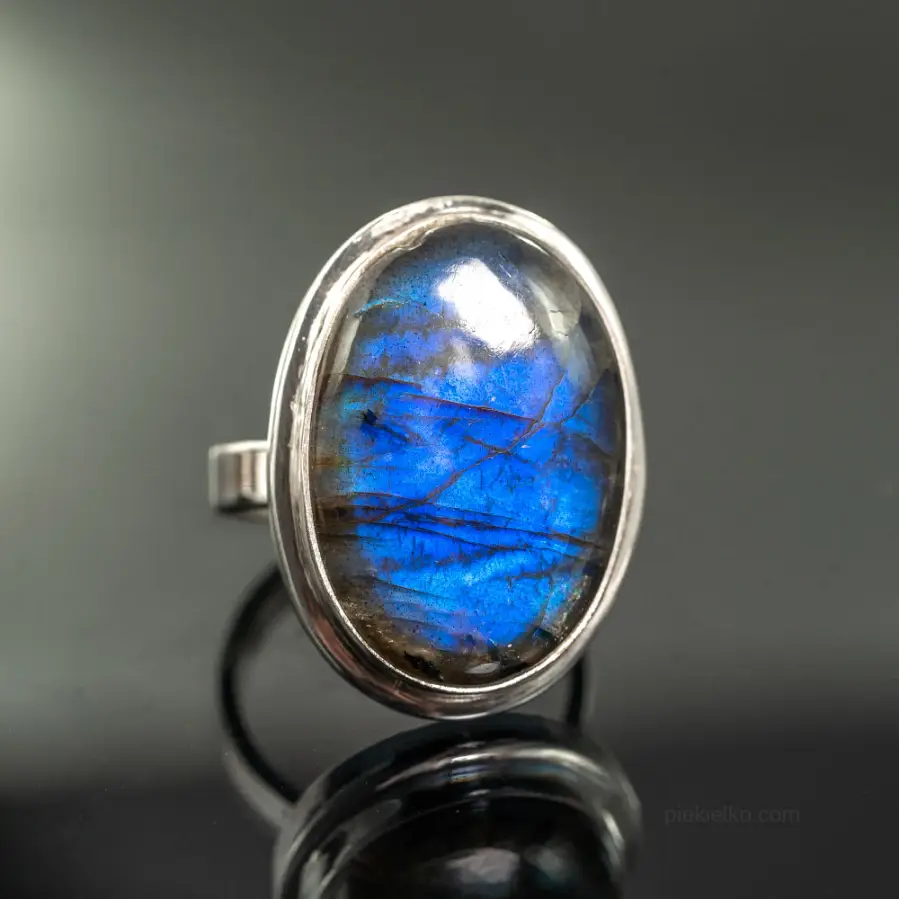
Silver ring with magical labradorite
385,00347,46 -
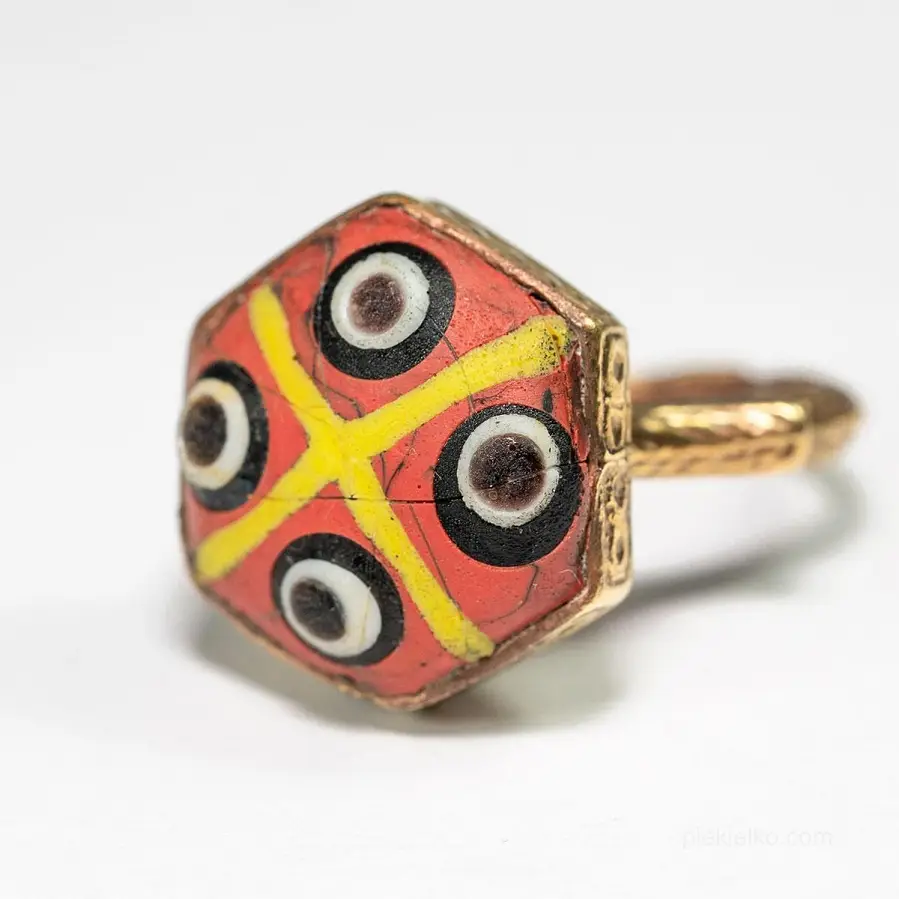
Ethnic gabri glass ring
98,0093,10 -

Ring with blue lapis lazuli
198,00188,10 -
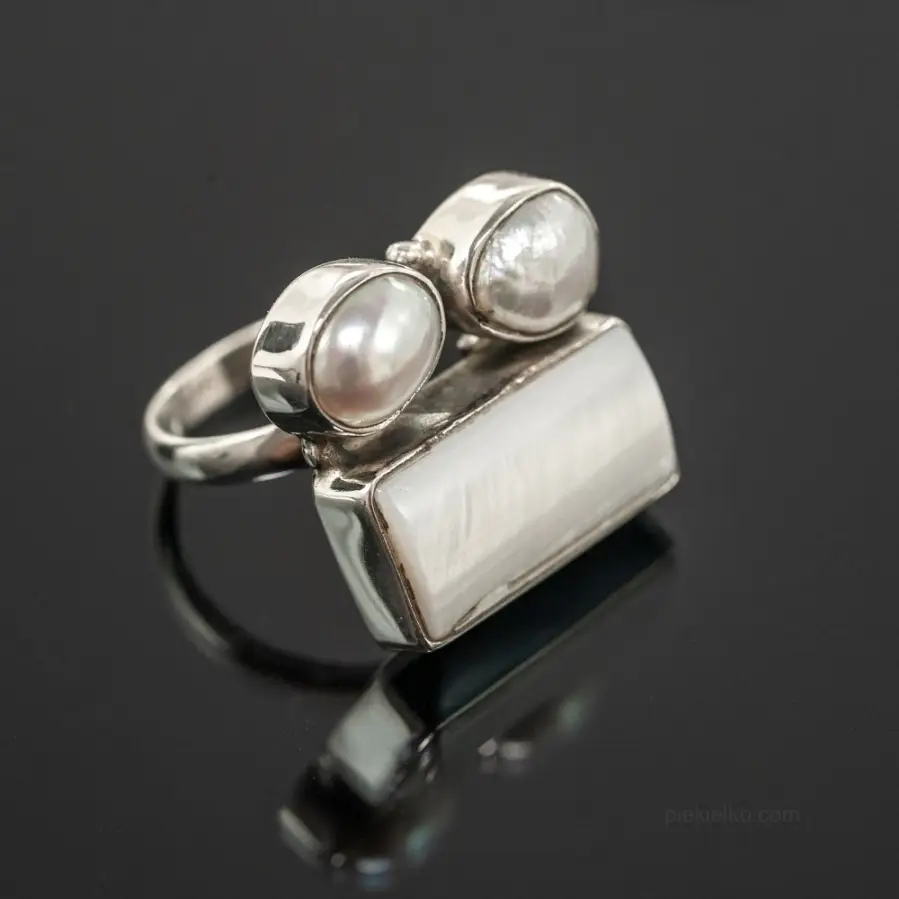
The silvery shine and delicacy of pearls in the ring
320,00288,80 -

Silver-plated ring with labradorite
175,0099,75 -
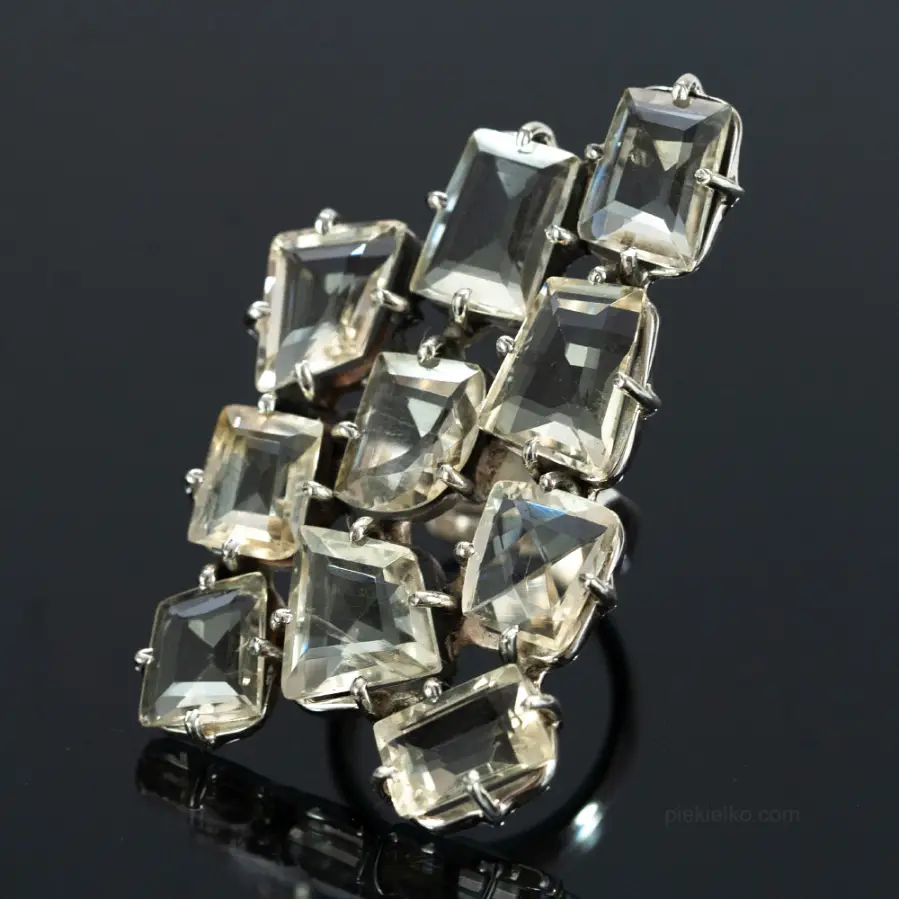
Large Silver Ring with Natural Citrine Crystals
550,00496,38 -
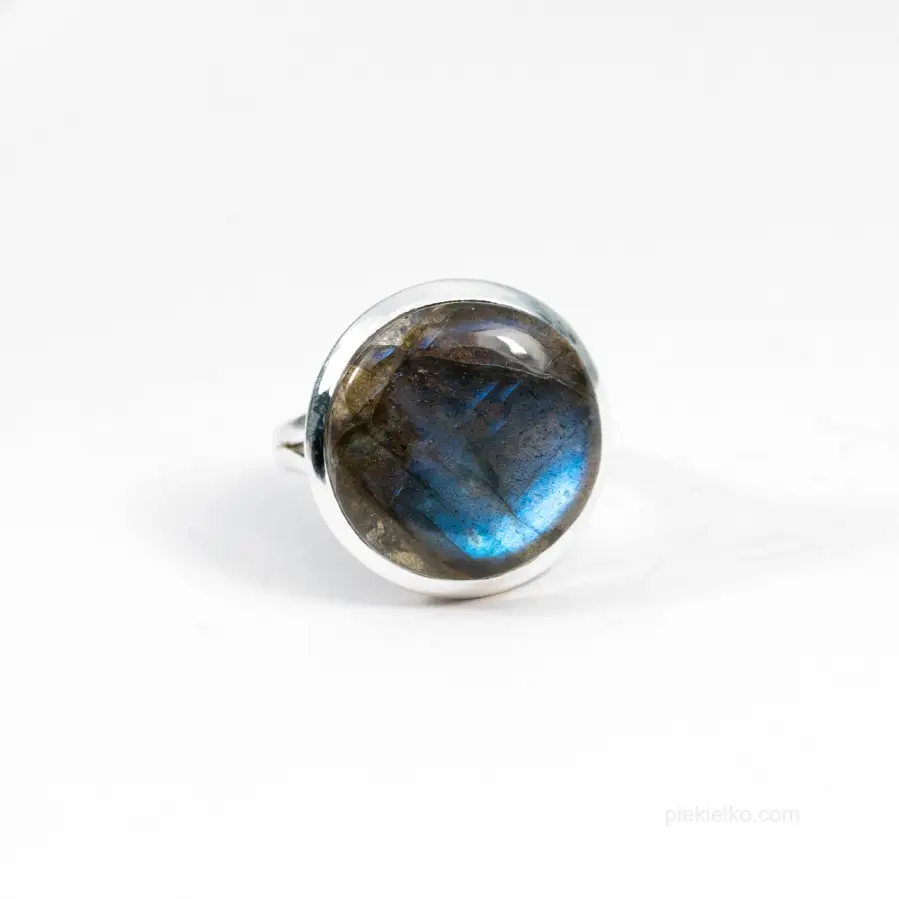
Enchanting Labradorite Jewelry with Soul
360,00324,90 -
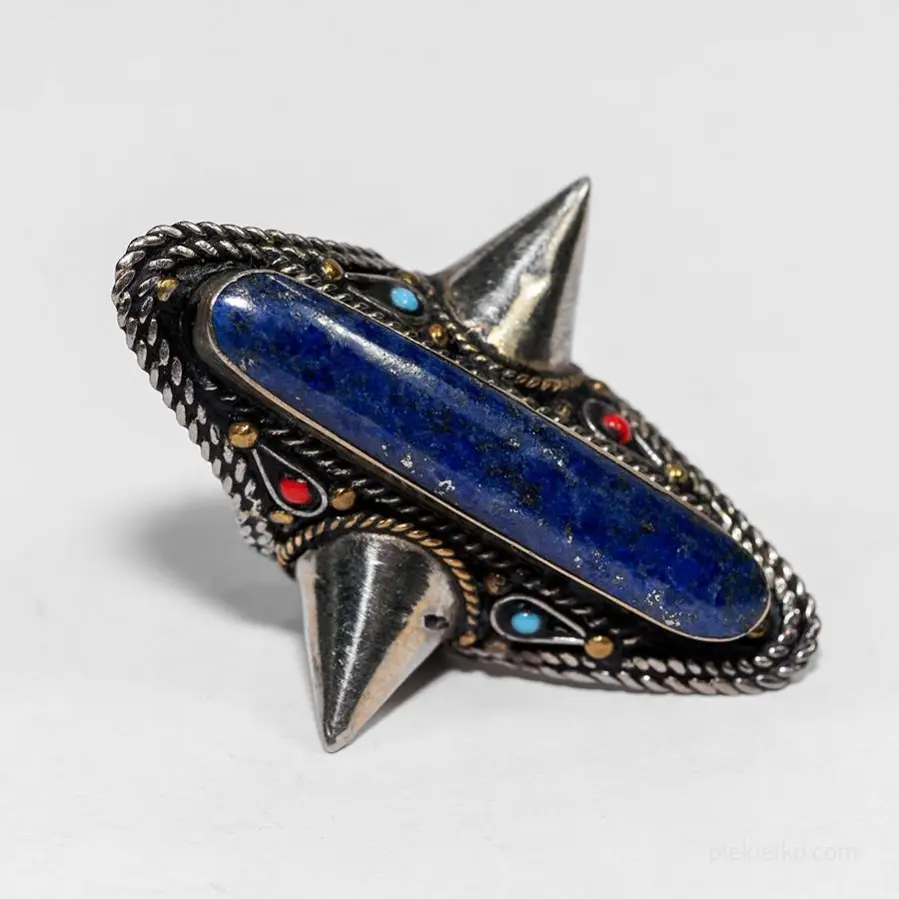
Long ring with spikes
169,00160,55 -

Large adjustable silver ring with pietersite
370,00333,93



© Piekielko.com

